When it comes to camping choosing the right tent is important. With so many options available, how do you choose the right one? In this guide, we’ll walk you through everything you need to know to find the perfect tent for your outdoor adventures.
1. Consider Your Needs:
Before diving into tent features and specifications, take some time to consider your specific camping needs. Are you backpacking or car camping? How many people will be using the tent? What age of people will be using the tent? What weather conditions do you expect to encounter? These factors will help you narrow down your options.
specific camping needs. Are you backpacking or car camping? How many people will be using the tent? What age of people will be using the tent? What weather conditions do you expect to encounter? These factors will help you narrow down your options.
2. Types of Tents:
There are several types of tents to choose from, each designed for different purposes and preferences:
- Backpacking Tents: Lightweight and compact, ideal for backpackers and solo campers.
- Family Tents: Spacious and durable, suitable for larger groups or car camping.
- Three-Season Tents: Versatile tents designed for use in spring, summer, and fall, offering a balance of ventilation and weather protection.
- Four-Season Tents: Sturdy and insulated tents built to withstand harsh winter conditions, including snow and strong winds.
Here are a few more names/types of tents available:
- Pop-Up Tents: These tents feature a collapsible frame that “pops up” into shape when unfolded, making them incredibly quick and easy to set up. They’re ideal for casual campers or those who value convenience.
- Cabin Tents: Cabin tents are spacious and tall, with vertical walls that maximize interior space. They often feature multiple rooms or dividers, making them a popular choice for families or groups who want separate sleeping areas.
- Ultralight Tents: Designed for minimalist backpackers and thru-hikers, ultralight tents prioritize weight savings without sacrificing durability or weather protection. They’re typically made from lightweight materials and feature streamlined designs to keep pack weight to a minimum.
- Bivy Tents: Bivy (bivouac) tents are small, lightweight shelters designed for solo backpackers and minimalist adventurers. They provide basic protection from the elements and are often used in conjunction with a sleeping bag and pad for ultralight camping.
- Teepee Tents: Inspired by traditional Native American teepees, these tents feature a conical shape and a central pole for support. Teepee tents offer spacious interiors and excellent ventilation, making them a comfortable option for camping in warmer weather.
- Truck Tents: Designed to fit in the bed of a pickup truck, truck tents provide an elevated sleeping platform and protection from the elements. They’re a convenient option for campers who prefer to sleep off the ground or want to maximize available space in their vehicle.
3. Size and Capacity:
Tent size is crucial for comfort and usability. Most tents are labeled with their capacity, but keep in mind that these ratings can vary depending on the manufacturer.
Here are some key factors to consider when evaluating tent capacity:
- Number of Sleepers: The primary consideration when determining tent capacity is the number of people who will be sleeping in the tent. Tent capacities typically range from one-person tents to large family tents that can accommodate eight people or more.
- Sleeping Arrangements: Consider how individuals will be arranged inside the tent. Will everyone be sleeping side by side, or will some people prefer to have their own sleeping space? Keep in mind that tent capacities are often based on the assumption of individuals sleeping closely together, so if you prefer more personal space, you may want to choose a tent with a higher capacity.
- Gear Storage: In addition to sleeping space, consider the amount of gear and personal belongings that need to be stored inside the tent. Larger tents often provide more vestibule or storage space for gear, while smaller tents may require gear to be stored inside with the sleepers.
- Comfort and Livability: While it’s possible to squeeze more people into a tent than its stated capacity, doing so can compromise comfort and livability. Overcrowding can lead to cramped quarters, limited ventilation, and difficulty moving around inside the tent. It’s generally best to choose a tent with a capacity that comfortably accommodates the number of sleepers and their gear.
- Group Dynamics: Consider the dynamics of your camping group and how individuals prefer to sleep. Some people may be comfortable sharing close quarters with others, while others may prefer more personal space. Choose a tent capacity that aligns with the preferences and comfort levels of your camping group.
4. Features and Design:
Pay attention to the following features and design aspects when evaluating tents:
- Setup: Look for tents with straightforward and intuitive setup processes, including for example color-coded poles and easy-to-follow instructions.
- This is particularly important in temporary tenting. If the tent is to stay assembled for longer terms, a little more complex set up can be acceptable.
- Ventilation: Proper ventilation is essential for airflow and condensation management. Choose tents with mesh panels, windows, and adjustable vents for improved airflow.
- Weather Resistance: Opt for tents with durable and waterproof materials, reinforced seams, and
 weatherproof coatings to keep you dry and protected in inclement weather.
weatherproof coatings to keep you dry and protected in inclement weather.
- I personally enjoy a tent that has space around the perimeter on the inside of the tent while my sleeping bag is open. While I’m sleeping if it’s raining, then my sleeping bag avoids touching the sides, which would cause my sleeping bag to come damp or wet.
- Durability: Consider the tent’s construction and materials, including the denier (thickness) of the fabric, quality of the poles and stakes, and overall build quality.
- Weight and Packability: For backpacking and hiking trips, prioritize lightweight and compact tents that won’t weigh you down on the trail. While a family vacation can allow for more bulky tents.
5. Budget Considerations:
Set a budget for your tent purchase and prioritize features based on your camping needs and preferences. While high-end tents may offer advanced features and materials, there are plenty of budget-friendly options available that provide adequate performance for most campers.
6. Test Before You Buy:
Whenever possible, visit a local outdoor retailer to see tents in person and test them out firsthand. Often you will be able to view sample tents in store, crawl inside, and evaluate its size, comfort, and usability. This hands-on approach will help you make an informed decision and ensure you’re satisfied with your purchase.
7. Read Reviews and Compare Options:
Before making a final decision, consider reading online reviews and compare different tent models to gather insights from other campers’ experiences. Pay attention to factors such as durability, weather resistance, ease of setup, and overall value for the price.
8. Emergency Tent:
Another considering is in your car kit, or your 72 hour kit, keeping a tent tube in case of emergency. Grabbing the tent from storage in a pinch isn’t always feasible!
Conclusion:
Choosing the right tent is essential for a comfortable and enjoyable camping experience. By considering your needs, evaluating features, and setting a budget, you can find the perfect shelter for your outdoor adventures. With the right tent in tow, you’ll be ready to embark on unforgettable camping trips and create lasting memories in the great outdoors.




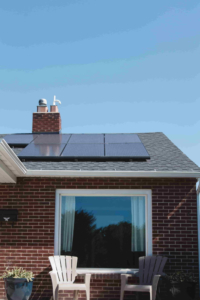
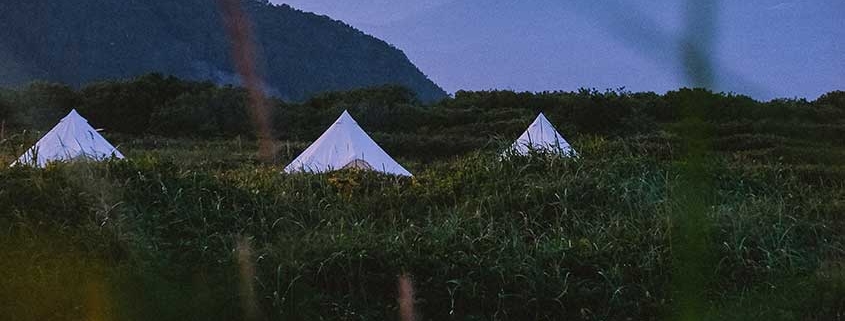


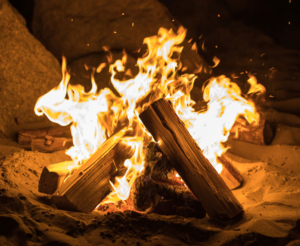








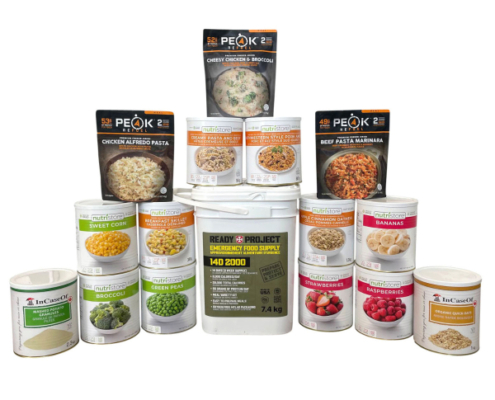
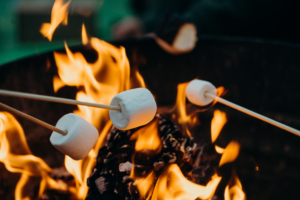
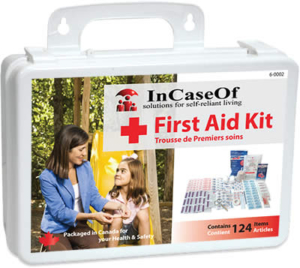


 When conducting a safety evaluation for seniors’ homes, it’s important to be on the lookout for potential risks. Here are some common areas to consider within the home:
When conducting a safety evaluation for seniors’ homes, it’s important to be on the lookout for potential risks. Here are some common areas to consider within the home:



 Conclusion:
Conclusion: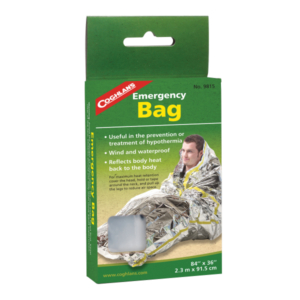
 Creating a shelter is only half the battle. To stay warm, you’ll need to insulate it effectively. Insulation traps warm air inside and cold air outside. Here are some insulating techniques:
Creating a shelter is only half the battle. To stay warm, you’ll need to insulate it effectively. Insulation traps warm air inside and cold air outside. Here are some insulating techniques:

 Reading survival stories and learning about the experiences of others can provide valuable insights and mental strategies for staying warm and hopeful during challenging times. Here is one about John utilizing the above steps in his survival.
Reading survival stories and learning about the experiences of others can provide valuable insights and mental strategies for staying warm and hopeful during challenging times. Here is one about John utilizing the above steps in his survival.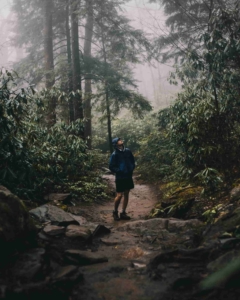 t preparing for emergencies, I was more interested in weekend hikes than doomsday scenarios. But then, during one of those adventures, I got caught in a sudden downpour with nothing but a soggy pack and a leaky poncho. It made me realize that life can throw surprises at you when you least expect it. And that’s why having a well-thought-out emergency shelter kit is a game-changer.
t preparing for emergencies, I was more interested in weekend hikes than doomsday scenarios. But then, during one of those adventures, I got caught in a sudden downpour with nothing but a soggy pack and a leaky poncho. It made me realize that life can throw surprises at you when you least expect it. And that’s why having a well-thought-out emergency shelter kit is a game-changer.